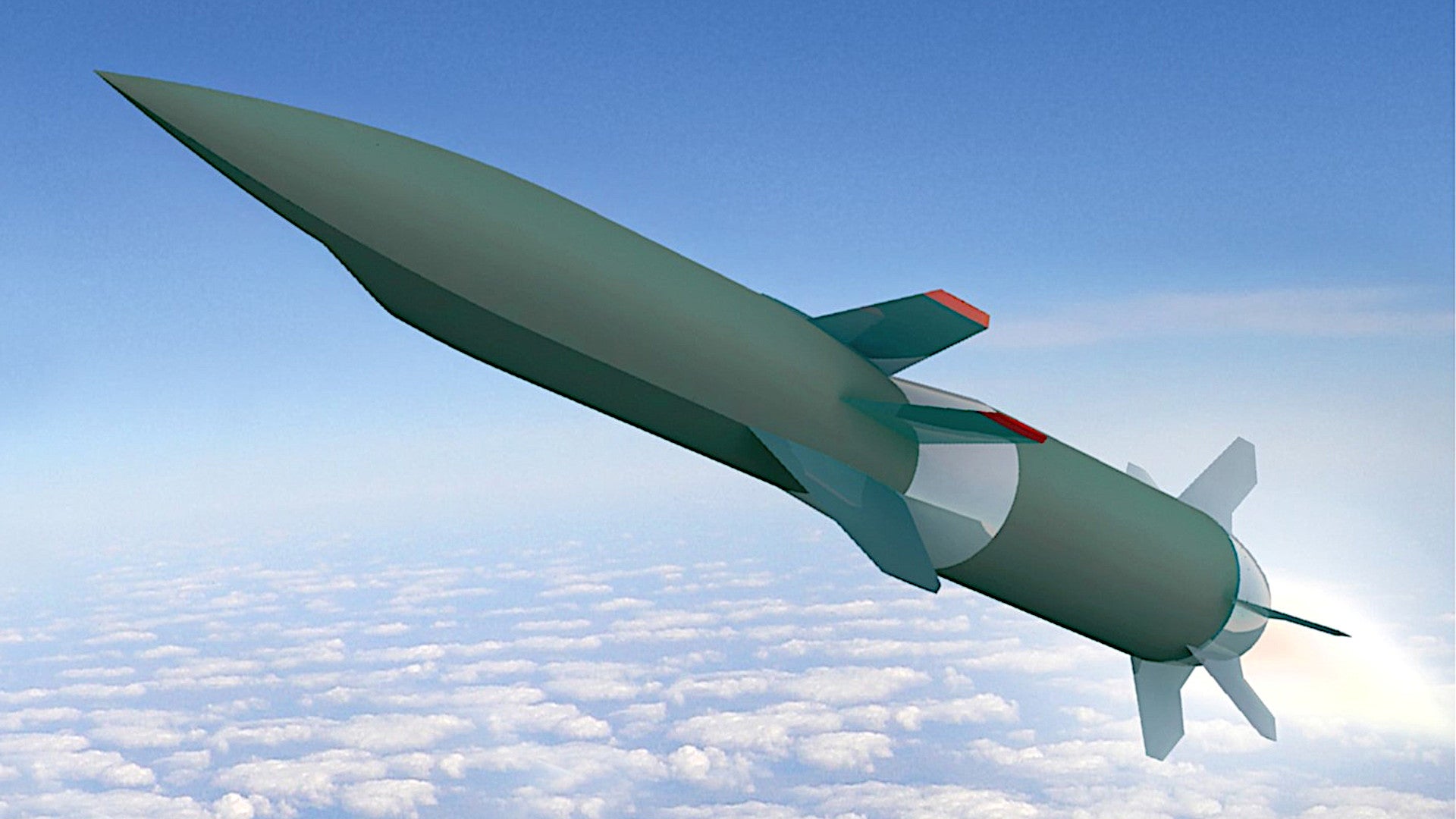The Defense Advanced Research Projects Agency says it has successfully conducted captive-carry flight tests of prototype air-breathing hypersonic missiles from Lockheed Martin and Raytheon. The goal now is now to proceed to actual free-flight testing before the end of the year.
These tests, which the Defense Advanced Research Projects Agency (DARPA) revealed had taken place in a press release on Sept. 1, 2020, are part of the Hypersonic Air-breathing Weapon Concept (HAWC) program. A captive-carry flight test means that the missiles remained attached to a test aircraft throughout the duration of the flight, which is typically done to gather data about how a particular design, as well as the aircraft carrying it, handles the basic stresses of being carried aloft and taken through various maneuvers.
DARPA did not say where or where the testing had occurred or what aircraft carried the missiles. The U.S. Air Force had previously said that the B-52H Stratofortress bomber would be the test platform for the HAWC program, as well as a number of other hypersonic weapons development efforts. B-52Hs have been used already for captive carry testing of the AGM-183A Air-launched Rapid Response Weapon (ARRW).
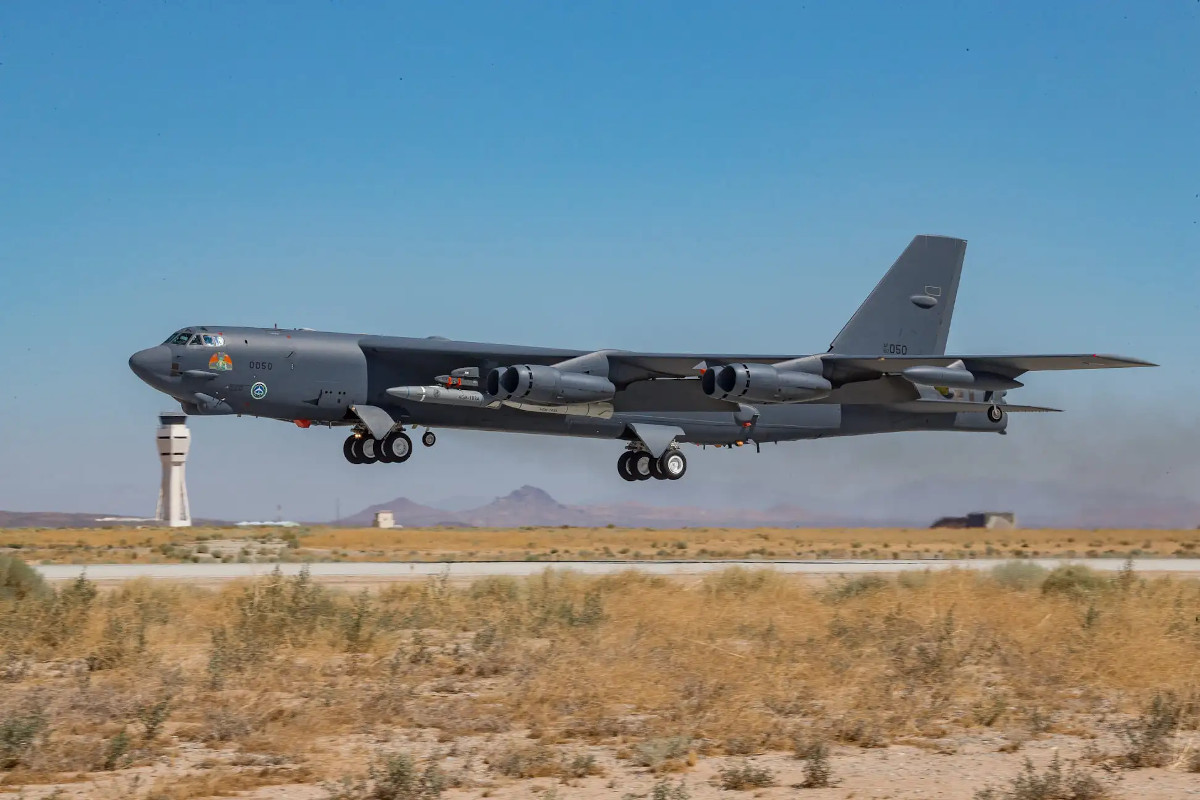
However, HAWC is largely a technology demonstration effort, so there would be no need to necessarily to integrate them onto an operational platform, such as the B-52. Northrop Grumman’s Stargazer, a heavily modified Lockheed L-1011 Tristar more commonly used a mothership for the Pegasus XL space launch rocket, but which has been used for captive-carry flight tests in the past, was notably observed on flight tracking software making a curious flight from Edwards Air Force Base, the Air Force’s premier flight test facility, in August.
“Completing the captive carry series of tests demonstrates both HAWC designs are ready for free flight,” Andrew “Tippy” Knoedler, the HAWC program manager within DARPA’s Tactical Technology Office, said in a statement. “These tests provide us a large measure of confidence – already well informed by years of simulation and wind tunnel work – that gives us faith the unique design path we embarked on will provide unmatched capability to U.S. forces.”
Lockheed Martin and Raytheon, the latter of which has partnered with Northrop Grumman for this effort, have been working on competing HAWC designs since at least 2019. DARPA had first initiated the project four years earlier in cooperation with the U.S. Air Force Laboratory.
Little is known about either of the prototypes, though they are both known to be air-breathing using some form of high-speed scramjet engine. Scramjets traditionally do not work properly at low speeds and, generally, aircraft or missiles using this kind of propulsion require some kind of rocket booster to first accelerate them.
Raytheon and Northrop Grumman have also said that their design is a “waverider” type. This means that it “skips” along on the shockwaves that are produced as it flies along at hypersonic speed, defined as anything above Mach 5, which produces additional lift to help keep it in the air.
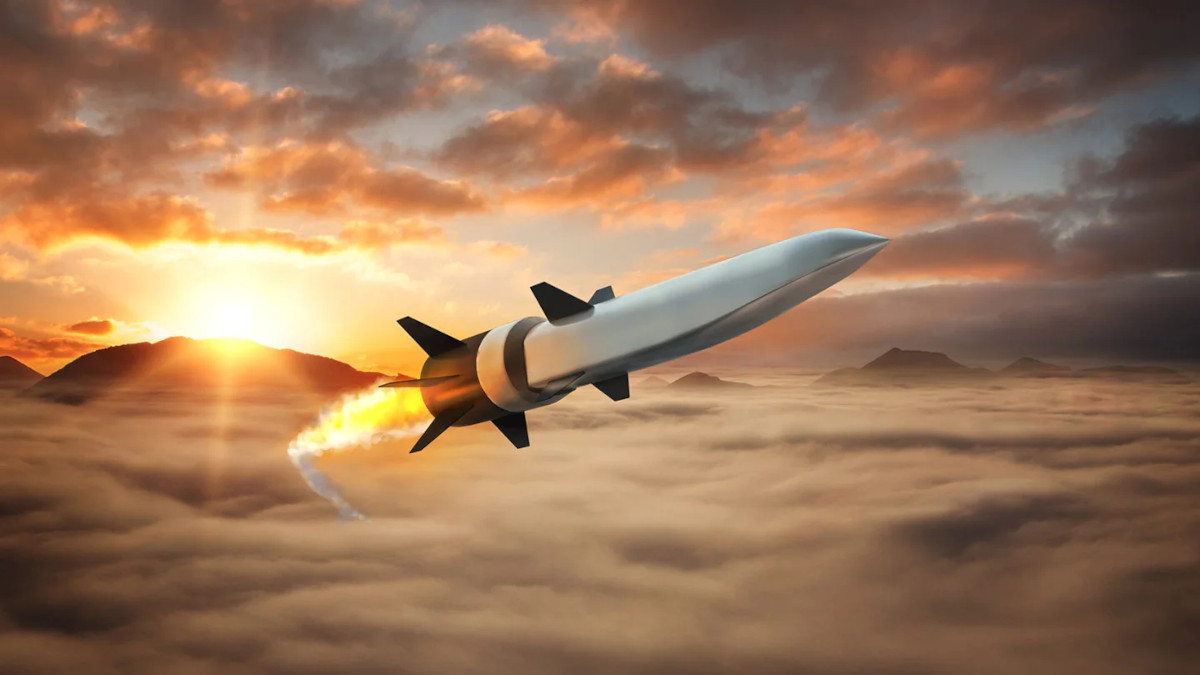
When it comes to hypersonic aerospace developments, these kinds of air-breathing designs represent a much more significant technological leap than unpowered boost-glide vehicles, which you can read about in more detail in this past War Zone piece. As a result, there has been much more secrecy surrounding them.
HAWC flight testing was scheduled to take place during the 2020 Fiscal Year, which ends on Sept. 30. “We’re on track for both to have flights … before the calendar year ends,” Dr. Steven Walker, then-head of DARPA, told reporters on May 1, 2019, referring to both HAWC and the Tactical Boost Glide (TBG) program. “[When] you actually get into the building of these things and qualifying the hardware, … things tend to slip,” he noted at the time.
As already noted, DARPA and the Air Force have viewed HAWC as a technology demonstration project meant to lead into an actual air-breathing hypersonic cruise missile development program. In August, the Air Force announced that it would be considering designs from Boeing, Lockheed Martin, and Raytheon for “a solid-rocket boosted, air-breathing, hypersonic conventional cruise missile, air-launched from existing fighter/bomber aircraft.”
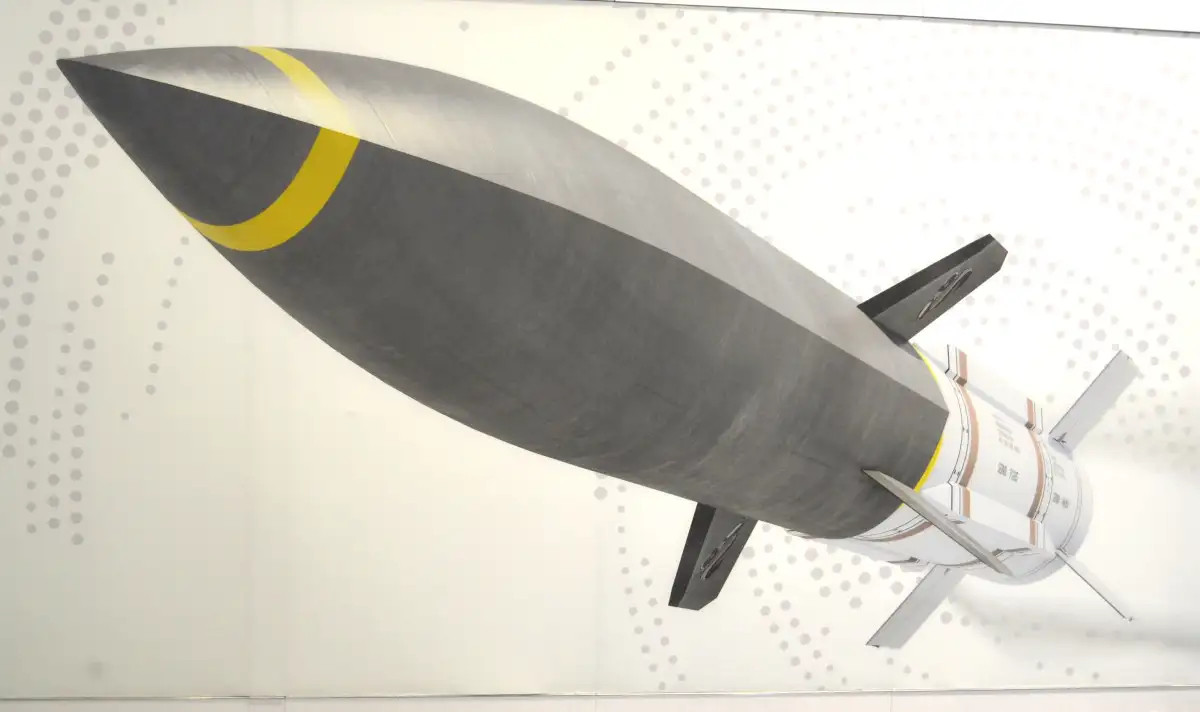
“In addition, DARPA is working in cooperation with military services and agencies, including the Missile Defense Agency, U.S. Navy, and National Aeronautics and Space Administration (NASA) to validate, and eventually transition key technologies,” the agency announced in its press release regarding the HAWC captive-carry tests. “The extensive flight data collected is intended to increase the confidence in air-breathing hypersonic systems and reduce the risks to potential future acquisition programs across the U.S. government.”
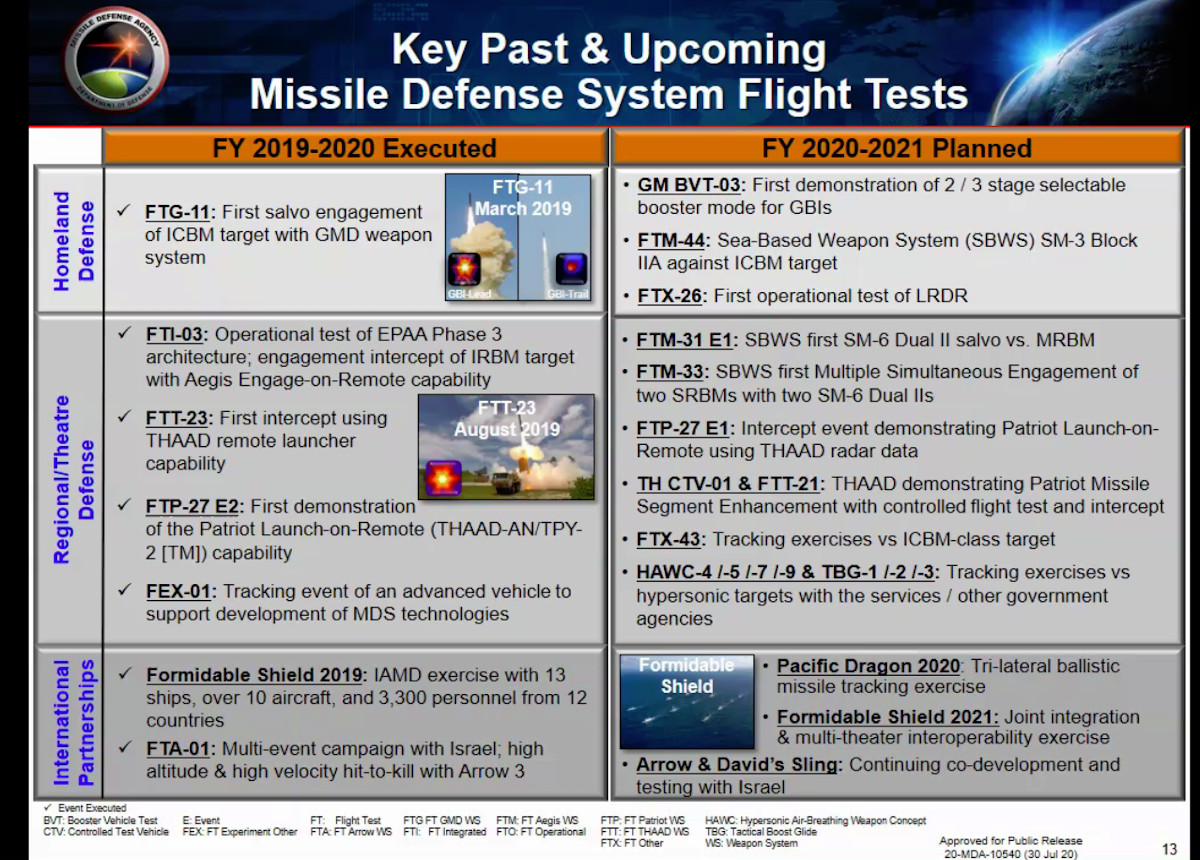
HAWC is just one of a number of known air-breathing hypersonic aircraft and weapons development efforts ongoing now across the U.S. military. Most recently, the Air Force announced a new project, called Mayhem. This program is focused at least in part on advanced scramjet development and appears to be aimed at acquiring an expendable air vehicle to test those engines, as well as various other technologies at hypersonic speeds.
This is just a segment of a broader push within the U.S. military to develop various hypersonic capabilities, which does also include hypersonic boost-glide vehicles as warheads for long-range missiles. Notably, the Air Force recently let slip that it might be interested in acquiring a nuclear-armed boost-glide vehicle in the future, an indication of a potential shift away from a standing conventional-only policy when it comes to hypersonic weapons developments.
Many of these efforts are being driven in no small part by knowledge of similar efforts ongoing among other countries, especially potential adversaries, such as Russia and China. Russia has already fielded a nuclear-armed hypersonic boost-glide weapon, called Avangard, on at least a limited scale.
“China has placed a heavy emphasis on developing and testing hypersonic glide vehicles,” the Pentagon said in its latest report to Congress on Chinese military developments, which it also released on Sept. 1. “In August 2018, China successfully tested the XINGKONG-2 (Starry Sky-2), which it publicly described as a hypersonic waverider vehicle. The PLARF [People’s Liberation Army Rocket Force] also paraded the DF-17 missile for the first time as part of the PRC’s 70th anniversary parade in 2019.”

Hopefully, as testing of the HAWC prototypes continues, we will get additional information about the respective designs, what they look like, and their capabilities. These missiles look set to be an important stepping-stone in the U.S. military’s development of new air-breathing hypersonic weapons and other air vehicles.
Contact the author: Joe@thedrive.com
